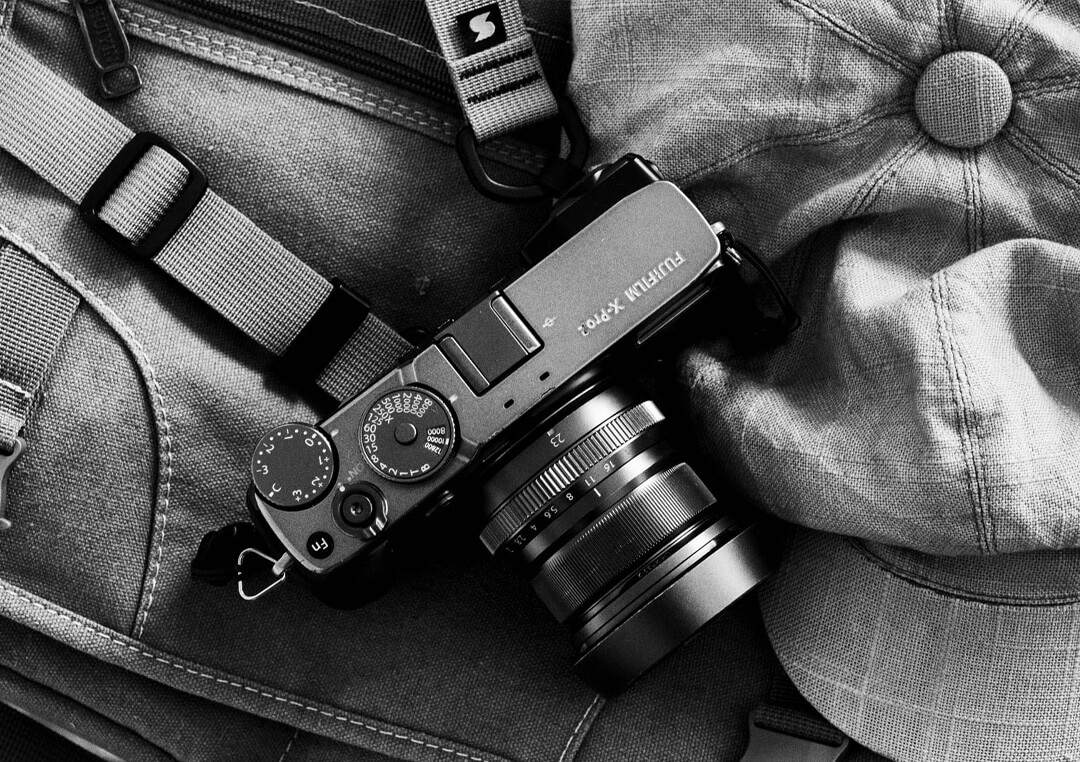
Portrait photography is about capturing the essence of a person—their personality, emotions, and expressions. While professional gear can enhance image quality, great portraits depend more on technique, lighting, and composition than on the camera itself. Whether you’re using a DSLR, mirrorless camera, or even a smartphone, these tips will help you take stunning portraits.
1. Choose the Right Lighting
Lighting is one of the most critical elements in portrait photography. The way light falls on your subject affects mood, texture, and overall quality.
- Natural Light: Soft, diffused light (such as during golden hour) creates flattering skin tones. Avoid harsh midday sunlight, which can cause unflattering shadows.
- Window Light: Perfect for indoor portraits, as it provides soft illumination. Position the subject near a window for an even, natural glow.
- Artificial Light: A single softbox or ring light can enhance indoor portraits. Use diffusers to soften harsh light.
- Backlighting: Placing the subject in front of a light source can create a dreamy, ethereal effect.
2. Master Composition Techniques
Good composition makes a portrait more engaging and visually appealing.
- Rule of Thirds: Position the subject slightly off-center for a more dynamic composition.
- Fill the Frame: Get close to emphasize facial features and emotions.
- Leading Lines: Use natural lines (paths, fences, or walls) to draw attention to the subject.
- Frame Within a Frame: Utilize doorways, windows, or natural elements to add depth.
3. Choose the Right Background
The background plays a significant role in portrait photography.
- Keep It Simple: Avoid distracting elements that take attention away from the subject.
- Blur the Background (Bokeh Effect): Use a wide aperture (f/1.8 to f/2.8) to create a soft, out-of-focus background that highlights the subject.
- Use Contextual Backgrounds: If telling a story is important, include elements that add to the subject’s personality, such as books, instruments, or an urban setting.
4. Capture Genuine Expressions
A great portrait feels natural and authentic.
- Talk to Your Subject: Engage them in conversation to make them feel comfortable.
- Give Simple Directions: Instead of rigid poses, ask them to adjust slightly or move naturally.
- Use Candid Moments: Sometimes, the best portraits are taken in-between poses when the subject is relaxed.
5. Understand Camera Settings
Even if you’re using an automatic mode, adjusting settings can significantly improve your portraits.
- Aperture: A wide aperture (low f-number like f/1.8 or f/2.8) isolates the subject and creates background blur.
- Shutter Speed: Use at least 1/125s to prevent motion blur. If shooting handheld, increase shutter speed for sharpness.
- ISO: Keep ISO as low as possible (100-400) for clean, noise-free images. Increase only in low-light conditions.
- White Balance: Adjust based on the lighting conditions to maintain accurate skin tones.
6. Use the Right Lens or Camera Mode
- For DSLR or Mirrorless Cameras: A 50mm or 85mm prime lens is ideal for portraits, as it provides natural perspective and background blur.
- For Smartphones: Use portrait mode to create a shallow depth of field. Adjust settings manually in pro mode for better control.
7. Focus on the Eyes
Eyes are the focal point of any portrait. Ensure they are sharp and well-lit.
- Use Eye Autofocus: If your camera has this feature, enable it for precise focus.
- Manually Select Focus Point: If using a camera without eye tracking, place the focus point on the subject’s eyes.
8. Experiment with Angles and Perspectives
- Eye Level: A natural and balanced approach.
- High Angle: Makes the subject look smaller and can create a softer, flattering look.
- Low Angle: Adds drama and confidence to the subject’s presence.
9. Post-Processing for Enhancement
Editing can refine a portrait while maintaining natural beauty.
- Adjust Exposure and Contrast: Ensure skin tones look natural.
- Retouch Lightly: Reduce blemishes without over-smoothing.
- Enhance Eyes and Details: Slightly increase sharpness around the eyes and lips.
- Convert to Black & White: This can add a timeless, dramatic feel.
10. Practice and Experiment
Portrait photography improves with experience. Try different lighting setups, camera settings, and poses to develop your unique style.
Conclusion
Taking stunning portraits is about more than just the camera—it’s about understanding light, composition, and emotions. By practicing these techniques, you can create powerful, expressive images with any camera.
Would you like recommendations on budget-friendly portrait lenses or editing software?